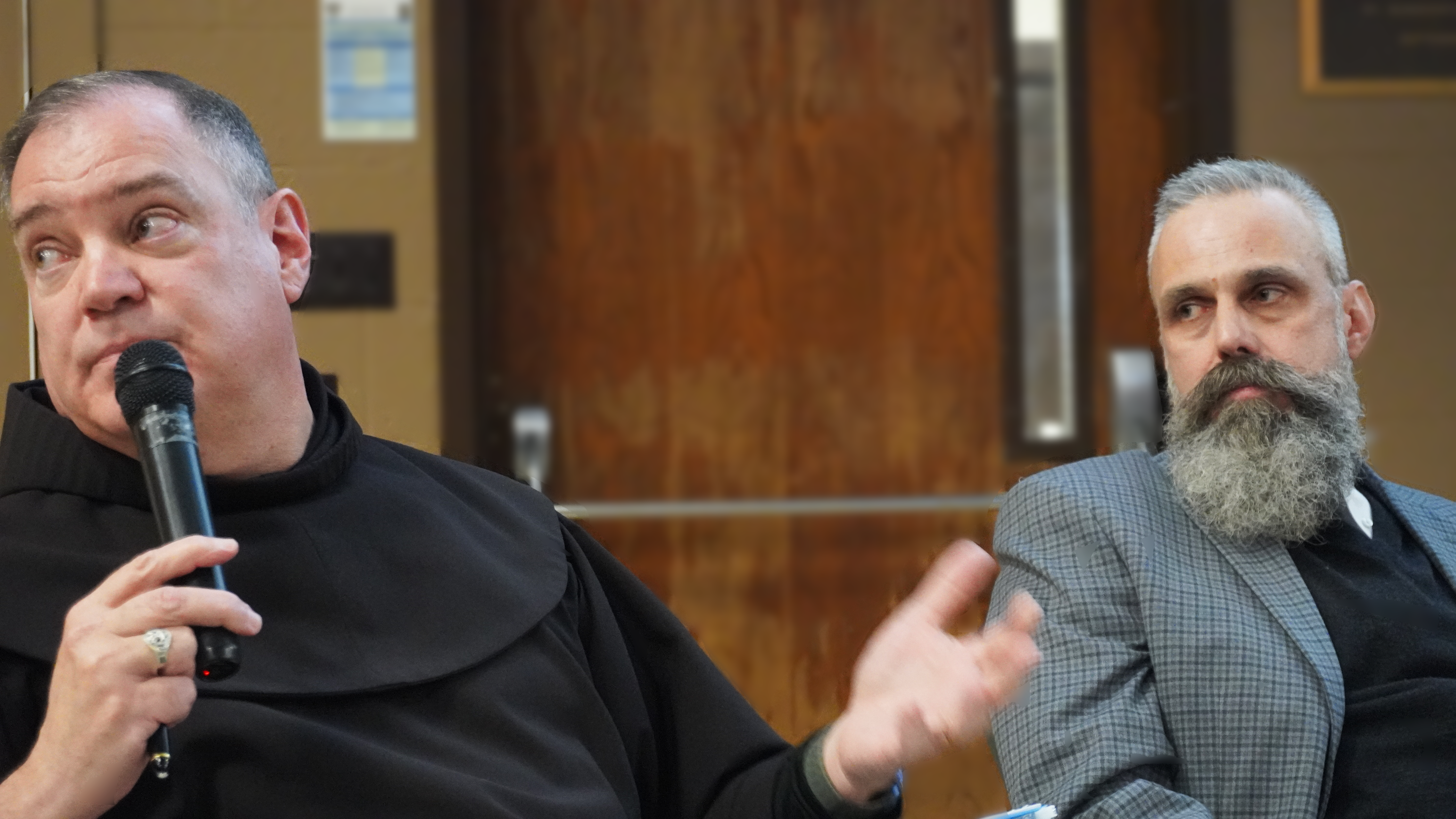By Heather Monahan
Staff Writer
It’s no question technology is moving forward at a rapid pace. It is providing the public many advantages, but it could also be the cause of drawing the age of newspapers to an end.
Strategically located across campus, students can find USA Today, The Buffalo News and The New York Times.
Nichole Gonzalez, executive director of residential living and chief judicial officer, is the St. Bonaventure correspondent for the USA Today Readership Program.
At least 10 years ago, Lee Coppola, former dean of the Russell J. Jandoli School of Journalism and Mass Communication, found out about the readership program, Gonzalez said.
“St. Bonaventure was one of the first universities that participated in the program,” Gonzalez said.
The newspapers provided are selected by the campus from a list of available papers provided by USA Today.
USA Today also packages the papers and organizes their delivery to campus. But representatives from the program also keep a watchful eye on the usage of the newspapers at each location throughout campus.
The company tracks how many newspapers are left at each location at the end of each day and adjusts the distribution and placement based on its findings.
“They’re great to work with,” Gonzalez said.
There are also resources available online through the program intended to relate current events to a college or university.
“The program has done so much to keep Bonaventure happy,” said Gonzalez.
The program not only coordinates which papers are selected, their delivery and distribution rates, but the program does this all within the set budget from Bonaventure.
“Students still pick up a paper,” said Gonzalez. “It has benefits.”
Carole McNall, assistant professor of journalism and mass communication, said although she thinks the newspapers provided on campus make it likelier students will pick up a newspaper, she often sees that is not the case on campus.
“Too often, I go to lunch in the RC (Café) and still find papers in the display there,” she said. “I’d love to see (newspapers) gain more young readers.”
With students from all areas of the country, and even some international students, the selection doesn’t apply to the whole student body.
However, McNall said before deciding whether or not to expand the variety of newspapers available on campus, she thinks the university would have to see what newspapers would be readily available to be delivered to campus and what newspapers students would want to read.
Alex Ross, a sophomore journalism and mass communication major, said she rarely reads the newspapers on campus, save for an article or two every once in a while.
Ross, a Rochester native, doesn’t understand why campus provides The Buffalo News but not Rochester newspapers, such as the Democrat and Chronicle.
“We already get Buffalo news and radio stations on campus,” she said. “We don’t have any news sources from Rochester.”
Ross said if the campus provided the Democrat and Chronicle, she would read it.
While Ross said she understands Buffalo is a bit closer to Bonaventure than Rochester, she said there’s an equal amount of students from Rochester, if not more, than there are from Buffalo.
“There’s a huge alumni base in Rochester and a lot of students from that area,” she said.
Killeen McGovern, a sophomore history major, also said she only reads newspapers on campus if there’s a story that catches her eye.
However, the Buffalo native said she doesn’t read The Buffalo News on campus.
“I’m OK with the selection of newspapers on campus,” she said. “But I don’t really read The Buffalo News.”
McGovern said she doesn’t think many students take advantage of the newspapers provided on campus.
“Students just read the news online,” she said.
As Ross said, this has provided a problem with keeping up on news in Rochester. With 41 percent of people now reading news online, according to Pew Research, many newspapers are charging people to access online news.
Ross said she now checks the Irondequoit Post, another Rochester-area newspaper, to keep up on news from her hometown.
McNall explained while it is true the number of students picking up a newspaper is dropping, the availability of news online is increasing the amount students are checking current events.
“My classes include people who would like to become working journalists, so anything that increases the possibility of their being able to do that sounds encouraging to me,” McNall Said.
monahahm10@bonaventure.edu








